In 1995, a Japanese team was awarded
the Ig Nobel Prize in Psychology for their work describing how pigeons can be
trained to discriminate between the paintings of Picasso and those of Monet. Previous
work had shown that pigeons could distinguish between the music of Bach and
Stravinsky.
Receiving the Ig Nobel Prize must be a
mixed blessing, as its very title implies. Often the implication is that there
is something trivial in the research reported and sometimes it is awarded for
what many would regard as work that is not scientifically worthy, for example a
report to the US Congress that nicotine is not addictive (awarded the Ig Nobel
Prize in Medicine in 1996).
Others are frankly funny, such as the Ig
Nobel Prize for Peace (2000), awarded to the British Royal Navy for a Monty
Python-like command, that its sailors should not use live cannon but instead
shout “Bang”, or the one awarded in Biology (2004) for showing that herrings
communicate by passing wind (farting).
In fact, many of these Ig Nobel prizes
go to worthy and scientifically interesting work. The one about herrings
communicating by farting turned out, apparently, to be strategically and
financially important because the Swedish Navy, suspecting that Swedish waters
were being infiltrated by Soviet submarines, instigated a widespread but futile
hunt for those submarines. After many inconclusive years, it turned out that
the noises were probably coming from farting herrings. Had this been known, it
is claimed, the Swedes would have saved hundreds of millions of Swedish Krones.
Science is, or should be, fun. And even
apparently simple science can be fun BECAUSE it leads to new and interesting
clues. The work for which the Japanese scientists got the Ig Nobel prize in
1995 really showed that pigeons, which have a well-developed visual apparatus,
could distinguish between the paintings of Picasso and those of Monet because
they formed a concept of these paintings. They did not apparently distinguish
them because of the presence of sharp edges in the cubist paintings or colour
in those of Monet. Hence, in addition to a well-developed visual apparatus,
they have brains that are sophisticated enough (if that is the right word) to
develop visual concepts about visual stimuli unrelated to their daily lives.
Concept formation, critical for the
acquisition of knowledge, is a fascinating subject, but how the brain forms
concepts is not known in any detail. That pigeons should be able to form
concepts around works designed by humans for consumption by humans, works which
have little to do with their world, perhaps has the germs of an insight into
how more complex brains form concepts. It would, in fact, be just as
interesting to learn how humans form concepts around different schools of
paintings.
If the Ig Nobel prize brings such
interesting science to wider attention, then it is pursuing a worthy cause.

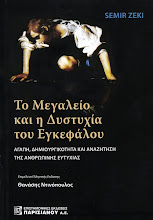
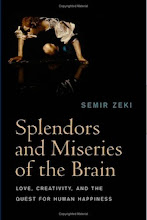
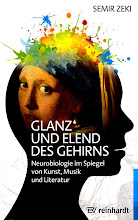
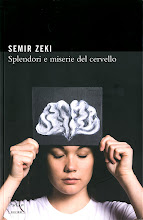



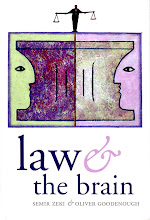
 Contact us
Contact us
No comments:
Post a Comment